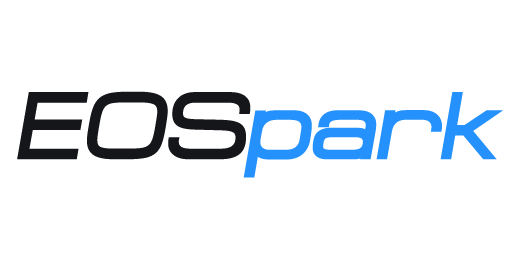- Read the Whitepaper at first: English/Chinese
- Introduction about this DApp on Medium: tokendapppub
publish your DApp token by yourself. And then, you can buy/sell and transfer your token on the website.
contract: eosio.token
action: transfer
data: {
"to": "tokendapppub",
"from": "yourself",
"quantity": "10.0000 EOS",
"memo": "TPT-referrer:godofdapppub"
}contract: tokendapppub
action: sell
data: {
"from": "yourself",
"quantity": "100.0000 PUB"
}If you are a developer and you want to pushlish a utility token for consuming on your DApp. after you publish your token, you should wirte a contract to do this. after you set your code on EOS mainnet, when user consume your token, we will notify your contract by require_receiption in tokendapppub contract. The consume Richard Contract is here.
- example.hpp
#include <eosiolib/eosio.hpp>
#include <eosiolib/symbol.hpp>
#include <eosiolib/asset.hpp>
#include <math.h>
using namespace eosio;
using namespace std;
const symbol_type EXAMPLE_SYMBOL = S(4, EXAMPLE);
class example: public contract {
public:
example(account_name self):
contract(self)
{};
void consume(account_name from, asset quantity, string memo);
void receipt(account_name from, asset quantity);
};
#ifdef ABIGEN
EOSIO_ABI(example, (receipt))
#endif- example.cpp
#include "example.hpp"
void example::consume(account_name from, asset quantity, string memo) {
require_auth(from);
eosio_assert(quantity.is_valid(), "invalid quantity");
eosio_assert(quantity.symbol == EXAMPLE_SYMBOL, "symbol mismatch");
// TODO: your business logic
action(
permission_level{_self, N(active)},
_self,
N(receipt),
make_tuple(from, quantity)
).send();
}
void example::receipt(account_name from, asset quantity) {
require_auth(_self);
}
extern "C" {
void apply( uint64_t receiver, uint64_t code, uint64_t action ) {
example thiscontract(receiver);
if((code == N(tokendapppub)) && (action == N(consume))) {
execute_action(&thiscontract, &example::consume);
return;
}
if (code != receiver) return;
switch (action) {
EOSIO_API(example, (receipt))
};
eosio_exit(0);
}
}



